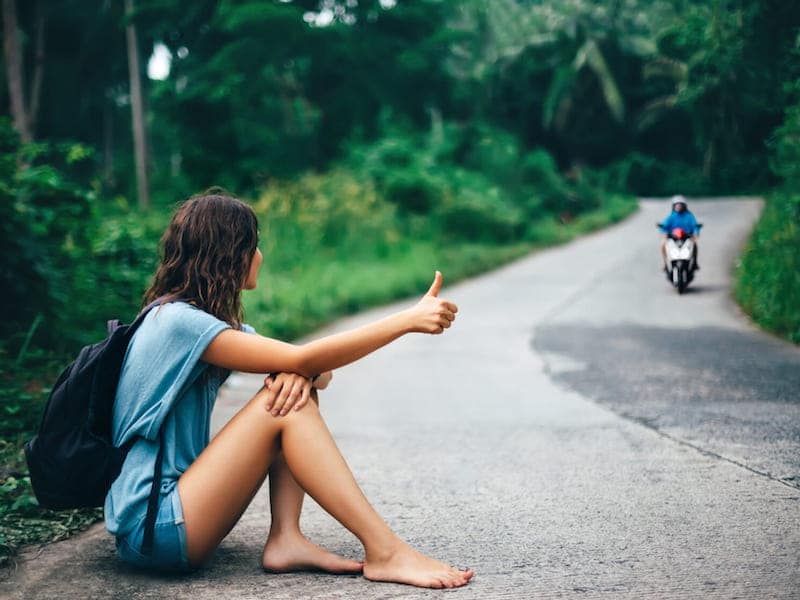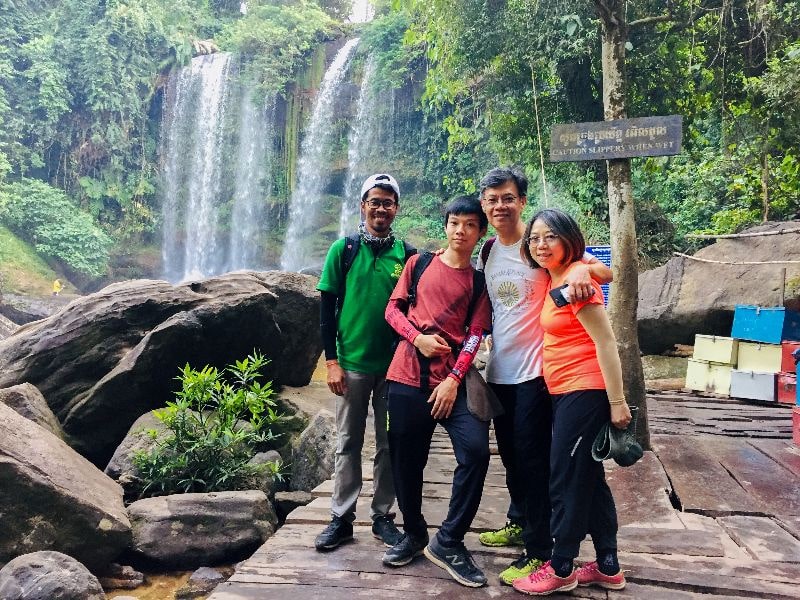
A NEW WAY OF CONSUMING LEISURE TRAVEL
Immediate access to a wide variety of travel content through the mass use of technology has significantly changed the way tourists approach leisure travel consumption. Dreaming, planning, booking, experiencing and sharing are stages that every traveller goes through today, whatever their typology, sociodemographic variable and habits or behaviour.
The times when travellers had to wait for the brochures that tour-operators distributed to travel agencies to hit the streets are far behind us, and these brochures were handed out to clients, who had the only opportunity to take a look at the different holiday options. Today, any aspect related to our trip is consulted on the web, regardless of the channel chosen for the reservation.
The ease with which we can now access travel information has created a new ecosystem of leisure travel consumption, from the first phase of dreaming the trip, through the planning stage, and then moving on to the booking, which will later lead to the enjoyment of the trip, and in recent times ends at the time of sharing the trip, either through the more traditional forms such as friends and family, or through the popular social networks, with comments, or by uploading photos or videos showing one’s own experiences.
THE BRAINTRUST BAROMETER
According to data from our BRAINTRUST Tourist Barometer, Spaniards are spending more and more time dreaming and planning their trip, spending more than a third of their time on both phases, leaving a meagre 10% of the time for the reserve, and the rest for enjoying and leaving the trail of the trip in the corresponding channels.
At the moment of conception or dreaming, which is the basis on which a trip is built, 21st century tourists are more likely to consider new destinations at this early stage, as they find inspiring content in different media, blogs and social channels, a moment unthinkable a few years ago when no one had access to the information to conceive their dreams around the world.
We already dedicate 18% of our total time to this phase, a stage where brands have the opportunity to connect with travelers and impact them on an emotional level where the right brain plays an important role, and where suppliers can manage that fundamental component of a trip, proposing a unique and differential experience that will later compensate the price we will pay for it, a dilemma that will be posed in the following phases.
Immediately after the travelers, we proceed to the planning of the trip (planning), stage to which the travelers assign another 18% of our time, are moments in which once decided that destination and that trip, we must put in the radar all the options to choose those that more interest us. The brands that have inspired us to dream the trip will be very present, as they will have left an indelible mark.
In this planning period, information is contrasted on the basis of stories, photos and opinions. The ratings of real individuals generate greater reliability than any information provided by companies or professional articles. The options are multiple, frighteningly unmanageable, so experts are needed to help us simplify the process.
It is a moment where our left hemisphere begins to appear, trying to put order and logic to all the dreams that flooded our minds in the early stage of conception of the trip. Here we value both the contact with people as it has been usual, but also the optimization of the latest technologies that help in a very valuable way in this process, those can not live without them, and they can not live without those.

According to the BRAINTRUST Barometer, at the moment of making the reservation, we take into account more intangible aspects such as the product, the range of offer, the advice, the security, the speed, the flexibility, the guarantees, and of course more tangible aspects such as the price, which according to the Barometer data is the most relevant factor for only 35% of travellers, so the most emotional areas summarised in confidence become crucial factors for the traveller when deciding on one option or another, and not just the price, knowing that the selection will be made from among the most competitive offers.
For the Spanish tourist, taking care of the “booking” only means an investment of 10%, a fact also linked to the immediacy provided by many of the purchase channels.
The last steps are called experiencing and sharing. Nowadays these stages have become intertwined, as it is easier than ever to transmit a pleasure experience. But it is difficult to think that we only dedicate 45% of the total time of the trip to the enjoyment part, habits that were unknown a few years ago where almost all of it was for this enjoyment.
Finally, we travellers already dedicate nearly 10% to sharing our travel experiences, spreading our emotions and memories in the different channels available, both in social networks and in commentary platforms, spaces that have become allies of travellers, and where we go in search of reliable references, and that as the last part of the ecosystem feed back to the first phases.
TRAVELERS’ BEHAVIORS ACCORDING TO THE BRAINTRUST BAROMETER
Regarding gender, women invest more than men in the planning (18.5%), booking (10.7%) and sharing (9.5%) blocks. Men are positioned higher in the conception and experience stages.
If we analyze preferences by age, adults between 35 and 44 are the ones who “dream” the most about their trips (18.4%), closely followed by young people between 25 and 34. The 18-24 age group spends a significant amount of time planning (18.7%), while there are no major differences across the age spectrum, which, as mentioned above, averages 10%. In experiencing, those over 45 are in the lead, devoting 47.7%, and young people between 18 and 24 years of age are the ones who share the most (9.8%), with those over 55 years of age three points apart.
This last data is significant when it comes to understanding the new habits generated from the deep digital transformation that surrounds us.
By region, Andalusians are the ones who share their experiences the most (9.5%) and spend the most time in reservations (47.4%); the Basques gain at a national level by investing in experience (47.4%); the Valencians are the ones who are most inclined to planning (19.7%), and in the end Catalans waste more time dreaming than in the rest of the autonomous communities (18.9%).

